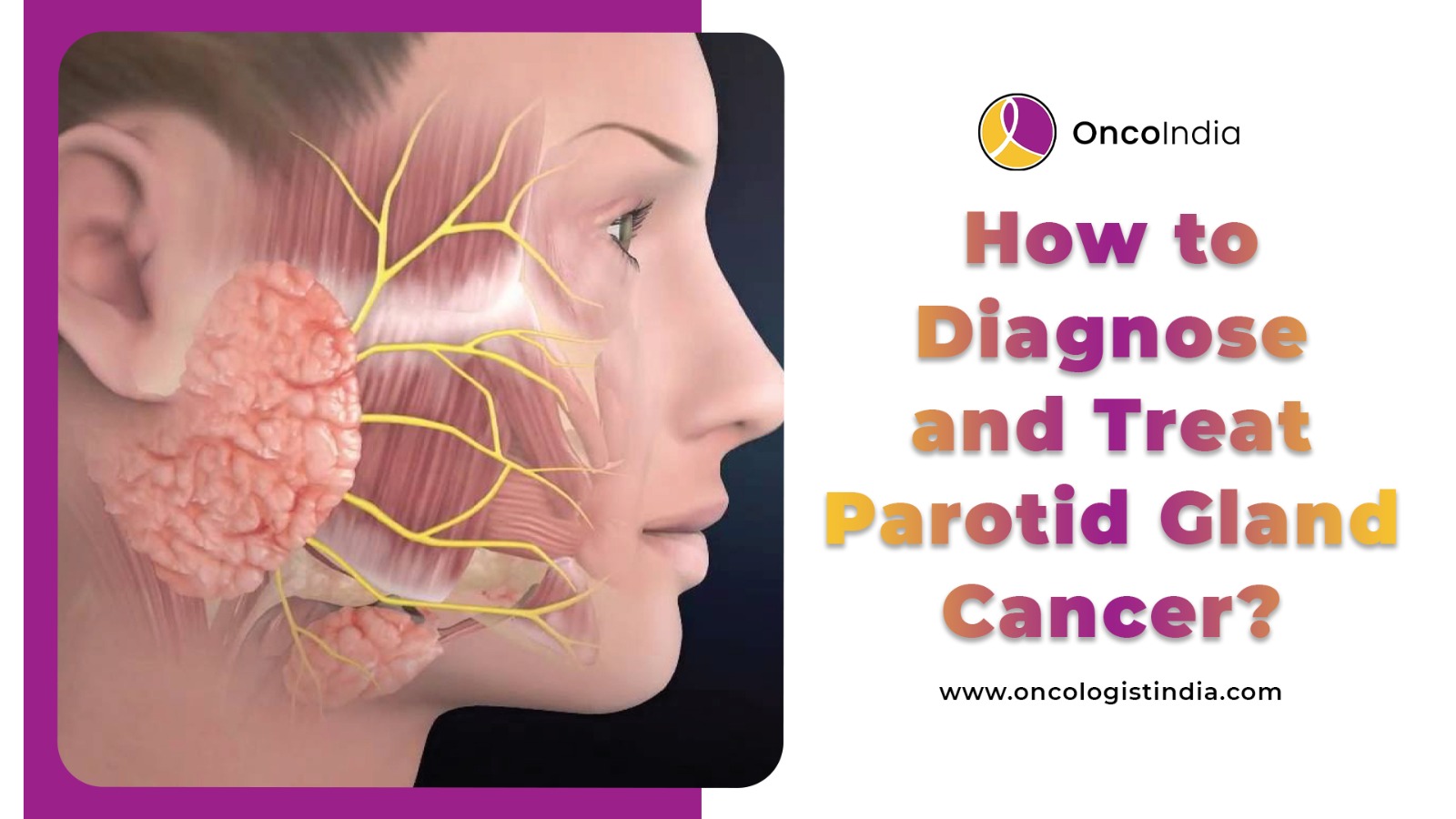The parotid glands, which are the biggest salivary glands, are located in front and behind each ear. Rarely do parathyroid gland cancers begin in these glands. These glands create saliva, which maintains dental health and facilitates digestion. Understanding this malignancy's nature, recognizing its symptoms, and being informed of possible treatments are all important for its effective management.

What is a Parotid Gland Tumor?
A tumor within the parotid glands is considered abnormal. These growths may be malignant (cancerous) or benign (non-cancerous). While small tumors are less prevalent, malignant ones have the potential to spread aggressively to neighboring tissues. Radiation exposure and specific genetic disorders can raise the incidence of parotid gland tumors, while the actual reason is frequently unknown.
Parotid Gland Cancer Symptoms
Depending on the tumor's size and whether it is cancerous or harmless, the symptoms of a parotid gland tumor can change. A lump or enlargement near the parotid gland, facial pain or numbness, trouble moving a portion of the face due to facial nerve paralysis, and occasionally fluid draining from the ear are common symptoms. It is important that you get medical help if these symptoms don't go away in order to receive the right diagnosis and care.
Can a Parotid Tumor Spread?
It is possible for a malignant parotid tumor to spread, or metastasis, to other organs, bones, and lymph nodes in the surrounding area. Because of this, early identification and care are essential. Treatment becomes more difficult and the prognosis is greatly impacted when cancer cells move from the primary tumor location to other places of the body.
Diagnosing Parotid Gland Cancer
Several steps need to be conducted to determine the kind and presence of the tumor in order to make an accurate diagnosis of parotid gland cancer. First, a physical examination is performed to check for any abnormalities or malignancies. Imaging methods such as CT and MRI scans provide fine-grained images of the gland and surrounding tissues. To collect a small tissue sample for microscopic examination and to ascertain if the tumor is benign or malignant, a fine-needle aspiration biopsy is frequently carried out. Early diagnosis enables timely therapy and better management outcomes.
What Are Treatments for Parotid Gland Tumors?
Treatment for parotid gland tumors is based on the size, location, and presence or absence of metastases. The tumor is typically surgically removed as part of treatment. In cases of malignant tumors, radiation therapy or chemotherapy may be used following surgery to ensure complete eradication of cancer cells. Benign tumors can often be successfully treated with surgery, but it's important to schedule routine follow-ups to look for recurrences.
Early diagnosis and a customized treatment plan are important for managing parotid gland cancer effectively. Regular medical check-ups and being aware of the symptoms can lead to early detection and better outcomes. Dr. Shiva Kumar Uppala, one of the best cancer specialist doctors in the country, emphasizes the importance of early intervention and a comprehensive treatment approach to improve the chances of a successful recovery.
Blog Reviewed By: Dr. Shiva Kumar Uppala